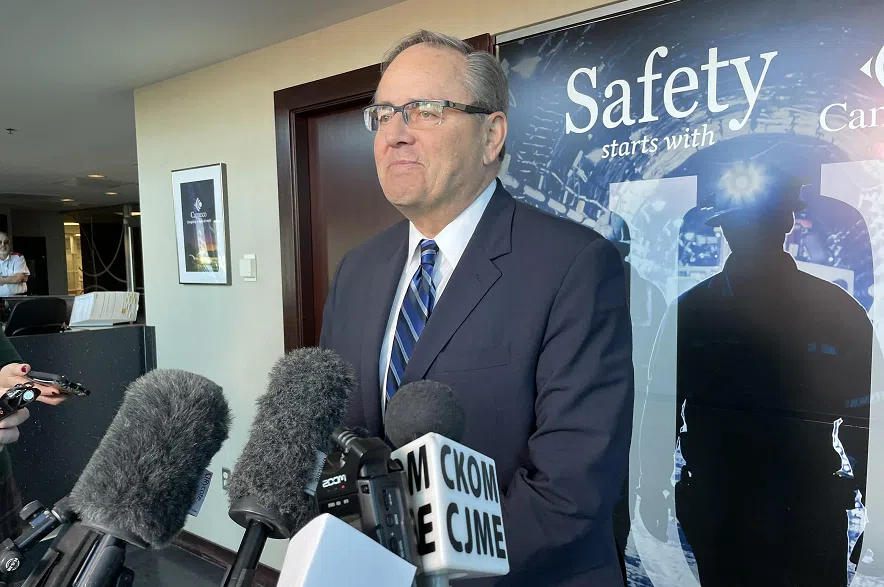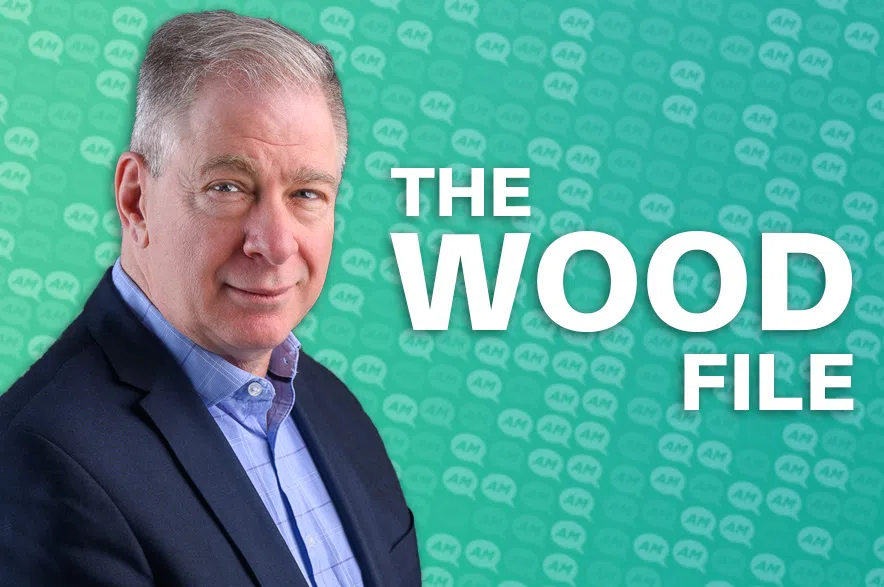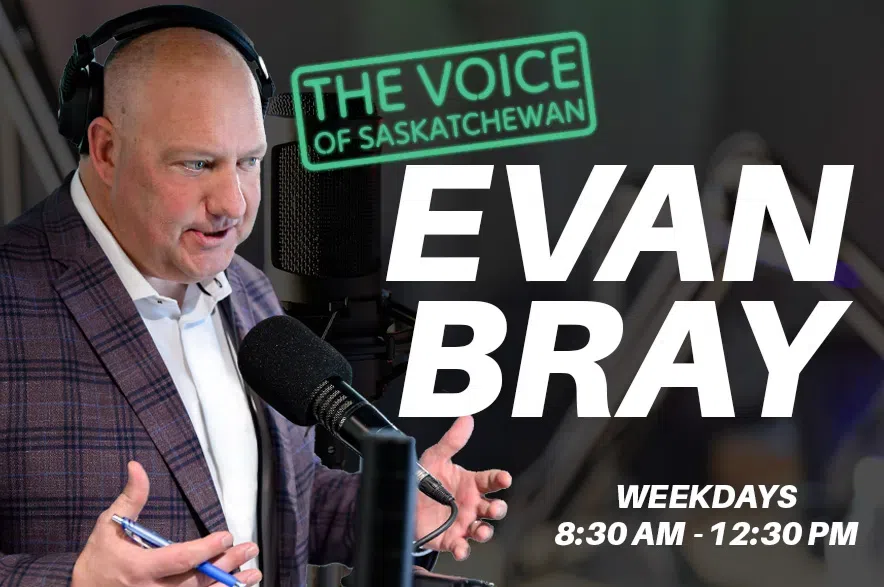Tim Gitzel, the CEO of Cameco, joined the Evan Bray Show on Thursday to explain why U.S. tariffs aren’t troubling the uranium sector and what the future is looking like for the industry in Saskatchewan.
Listen to the full interview here, or read the transcript below.
Read More:
- Candle Lake residents asked to prepare for possible evacuation due to fires
- Anthrax behind cattle deaths in RM of Paynton: Agriculture ministry
- Taylor Field site: Regina is closer to federal funding for development
The following questions and answers have been edited for length and clarity.
EVAN BRAY: How are things going at Cameco? I think you just had some quarter one results come out.
TIM GITZEL: Things are going very well for us. We had a very solid quarter. Our production is good, our finances are strong and the market is strong. Around the world, we’re seeing really renewed interest in nuclear power.
There’s geopolitics everywhere, and there’s tariffs. Nuclear energy itself has made a great comeback, and with all of the different levers we have with Cameco on the fuel side, and Westinghouse on the reactor side, we really cover the waterfront.
The tariffs aren’t really having an impact on Cameco, are they?
GITZEL: They’re not, because we’re exempt at the moment, and that’s a lot of lobbying that went on down in Washington. I think I’ve been down there four times since the new year, and heading back again next week. We stay down there and make sure that our stories are heard.
We’re compliant with the Canada-U.S.-Mexico agreement. Because of that, the tariffs don’t apply.
The other thing is that the U.S. has 94 nuclear reactors. They consume about 45 million pounds of uranium a year and produce none. Well, if that doesn’t work out, you have to import from somewhere, and it’s either us or it’s Kazakhstan, Russia and Namibia.
Nuclear energy is only going to grow in popularity. We know Saskatchewan has a blueprint to step in that direction. Is it that you will change that percentage, or will you increase production?
GITZEL: We could do both. We signed contracts with utilities that are five to 10 years in duration, so it’s not a spot sale, or it’s not a sale into a metals market or anything like that, so we have long-term relationships.
We had a team over in China just a few days ago, and China approved another 10 new nuclear reactors this year. That’s four years in a row they’ve approved 10 new ones. So you can see how they’re going to gobble up a whole lot of the resources around the world.
We like our customers in the U.S., Canada and in Europe, and we’d hope to stick with them, but there are options for us if we need to. As the world calls for more uranium, we’ll look at increasing our production, starting here in Saskatchewan.
Aside from jobs, what benefits does having Cameco in Saskatchewan bring to Saskatchewan as this part of the energy market continues to grow?
GITZEL: We certainly put Saskatoon and Saskatchewan on the map around the world. People know who we are and where we are.
I think we have around 350 University of Saskatchewan graduates working for us here that spend money in the city, in the province, and then we branch out around the world. These people are traveling from here to many countries around the world, just representing the province.
At our mine sites we have large mining operations. About 80 per cent of our (spending) is with northern companies, Indigenous owned. Fifty-one per cent of our workforce is Indigenous.
It’s a huge deal to have a major multinational corporation located in this city. I can tell you, as long as I’m here, we’ll be right here.











